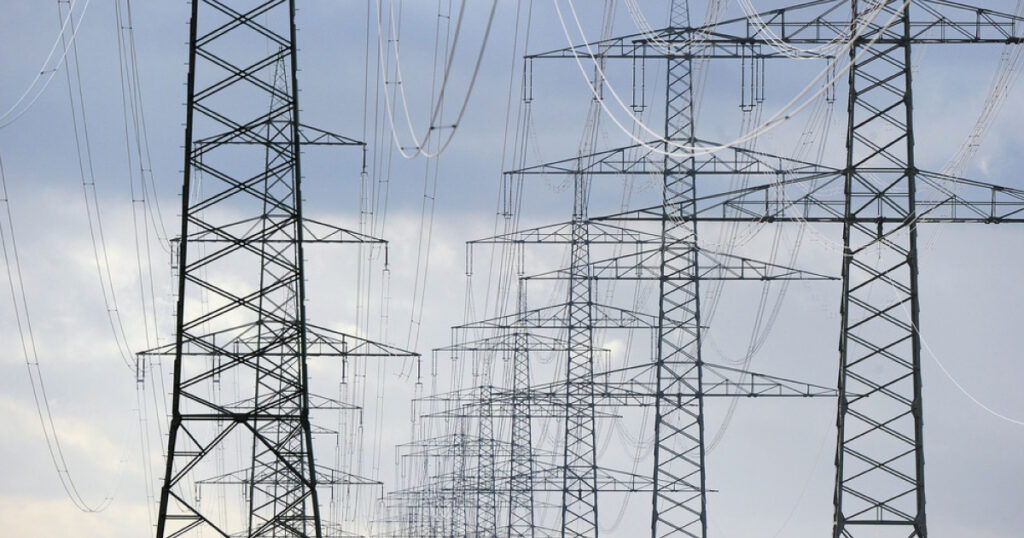
Transmission lines are transposed to compensate for electrical unbalance generated by mutual capacitance and inductance between the line’s conductors. This is especially true for long transmission lines, where the length of the line approaches the wavelength of the AC signals being conveyed. This is why longer transmission lines are transposed rather than shorter lines:
Mutual Capacitance and Inductance: Mutual capacitance and inductance exist between the conductors in any transmission line. These effects cause the various components of the AC signal to have differing phase velocities, resulting in distortion and unbalance. Because of the shorter distances involved, the influence of these effects is generally minor with shorter transmission lines.
Wavelength Considerations: As the transmission line length increases in comparison to the wavelength of the AC signals (usually in high-voltage transmission systems with lengthy lines), the phase shift induced by capacitance and inductance effects becomes more severe. This can result in undesirable voltage and current imbalances along the line’s length.
Symmetry and Phase Displacement: Transposing the conductors entails rearranging the location of the conductors along the length of the transmission line on a regular basis. This configuration distributes the phase displacement produced by capacitance and inductance effects uniformly along the length of the line. This, in turn, serves to minimize voltage and current imbalances and maintain the integrity of the sent signals.
Reducing Electromagnetic Interference (EMI): Transposition lowers electromagnetic interference between transmission lines and nearby structures, as well as electromagnetic wave radiation. This is critical in order to avoid interfering with other communication networks and sensitive electronic equipment.
Stability and Performance: Long transmission lines without transposition can cause voltage distortion, greater line losses, and decreased power system stability. Transposing the lines increases the transmission system’s overall performance and efficiency.
In summary, conductor transposition in long transmission lines is done to avoid phase imbalances produced by capacitance and inductance effects, especially when the length of the line approaches the wavelength of the AC signals. This approach serves to protect the integrity of sent signals, reduce losses, and improve power system stability. Because these effects have a reduced impact on shorter transmission lines, they usually do not necessitate substantial transposition.
 widemep.com
widemep.com